How Talent Advisors & Operations Professionals Are Tackling Common Industry Challenges
Insights from our recent round-table event.
We recently ran a round-table event dedicated to exploring some of the most common challenges facing today’s talent advisors and operations professionals.
From DE&I to AI, remuneration to wellbeing, and of course, acquisition and retention, how can businesses invest in their people was front and centre of the conversation.
Here are some of the biggest takeaways from those well in the know.
DE&I Isn’t a One-And-Done Matter – It’s a Multi-Faceted, Evolving Commitment
Diversity, Equality and Inclusivity initiatives have been steadily gaining momentum for some years. But with evolving public rhetoric (and global events), it’s now a business critical function; talent and leaders alike want to see their place of work reflect the world we live in.
Where attraction and retention is concerned, it’s vital that talent feel like there’s space for them in your company once they walk through the door. Fail to create that, and you risk the candidate walking right back out.
A truly inclusive workplace requires investment into your company culture. Cultivating an environment that actively supports individuals with a whole host of needs and backgrounds – introducing accommodations, additional resources, different communication methods, flexibility etc. – is an ongoing and evolving commitment.
Takeaway: Measuring DE&I will become increasingly important. Many businesses are actively looking at how their culture and operations address key social matters, including the makeup of their workforce, their policies, their investments, and so on.
Data can provide a real-life visual of companies’ policies. It not only demonstrates the current reality, but identifies gaps for improvement, helps secure internal buy-in, and gives prospective talent, clients and partners an understanding of your brand’s efforts.
Total Wellbeing Is At the Centre of Talent Demands
Over the past several years, businesses have seen employee demands evolve beyond “traditional” packages. In many senses, overall wellbeing is at the core of talent priorities, but today’s wellbeing needs have gone beyond EAP to cover the full-spectrum of financial, mental, and physical health.
This includes high-level matters such as how a brand aligns with talent’s values – particularly where DE&I and sustainability policies are concerned – to the everyday of working structures.
Remuneration remains a significant influencer. Additional bonuses and financial incentives are increasingly attractive, and there’s a drive to see greater transparency in salary banding.
Companies need to consider how they communicate their packages, and how the likes of bonuses and banding might be influenced by KPIs. Relaying expectations to new joiners should begin at interview stage, and cover how performance is linked to progression. Getting everyone on the same page from the start.
“The hybrid model massively opened up the talent pool for brands. Suddenly, leaders could access individuals of all calibres from across the UK or even overseas. But one of the obvious challenges that arises from that is whether a candidate working outside of London should expect a London salary.” – Amy Hayer, Partner & Head of DE&I at Hanson Search
Takeaway: Stress and burnout are prevalent right now. This is a combination of contributing factors, but can ultimately result in poor employee wellbeing and culture, and as a consequence, reduced productivity, client service, and revenue.
Looking critically at the priorities of your workforce can help combat this. Ask: does everyone need to be in this meeting? Is it affecting employees’ ability to complete their work? Taking action against imbalanced workloads will demonstrate genuine care and respect for your employees.
Negative Perceptions of AI Could Risk Industries Falling Behind
AI has been piquing businesses’ interest for the past couple of years, and with the technology becoming more and more sophisticated, many companies are looking at how to implement it into their operations and services. But, for many in the comms sector, AI is still taboo.
In an industry that’s dominated by written and strategic delivery, AI can often been perceived as an “easy” or even “lazy” solution to the task at hand. But, as many other sectors dip their toe in the water, there could be a risk that these negative associations mean PR and comms pros will fall behind.
The reality is, many hiring businesses are interested in candidates with AI skills, and the potential time and resource efficiencies the tech could drive; if AI can help talent complete hour-long tasks in 15 minutes, that leaves employees to focus on adding greater overall value elsewhere.
Takeaway: AI isn’t a plug-in-and-play solution or cure-all. Using the tech effectively requires the right prompts, and the right prompts require the right knowledge. In other words: training AI means first training its user.
AEs and AMs will need sufficient support increasing their understanding of sector knowledge which can then be translated to AI prompts that add value to client work. The tech could then help expedite their learnings and capabilities.
Conclusion
Given how rapidly the talent market has evolved over the past 5 years, there’s little predicting precisely what could happen next. Whether it’s the most in-demand skills, the latest benefits trends, new working structures or anything else.
If you’re looking for tailored consultation or talent solutions, we can help. Our team of consultants are at the forefront of today’s market, with one eye firmly on the current needs and demands, and the other on the horizon. Get in touch today.




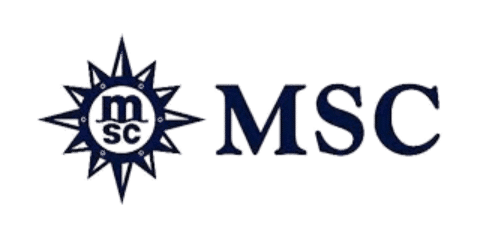


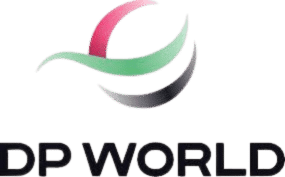



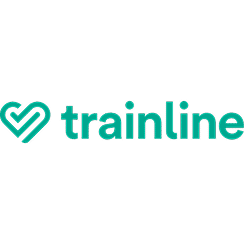

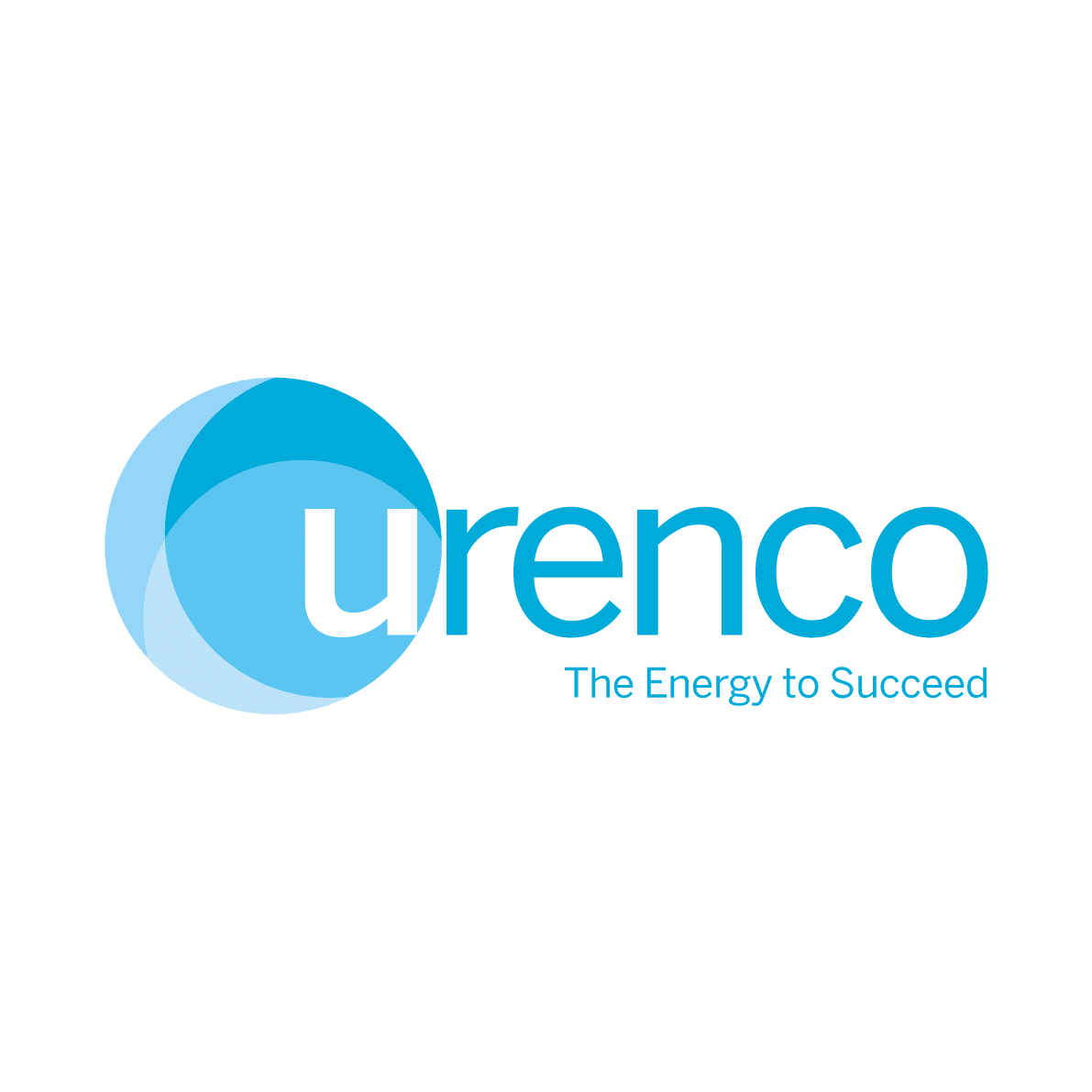
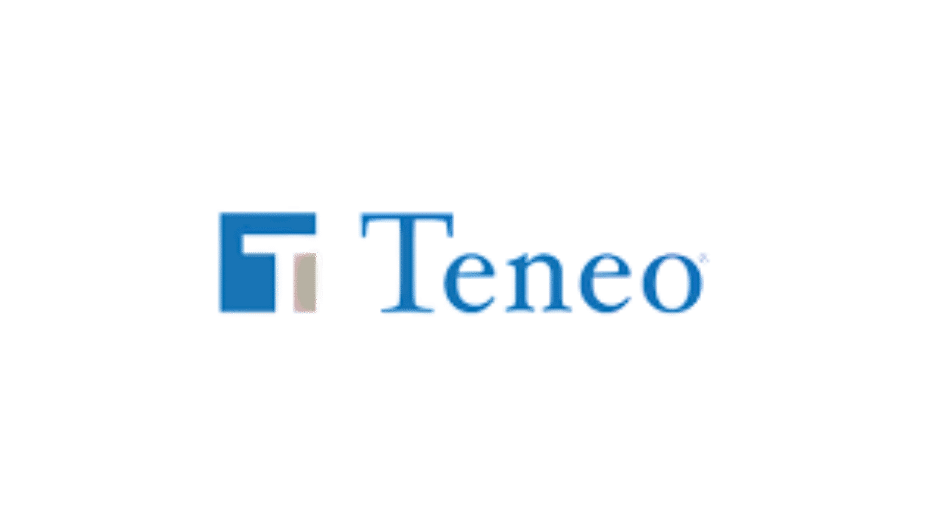





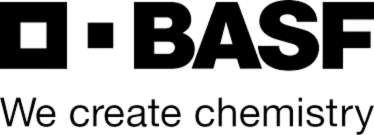





 Career Enquiry
Career Enquiry
